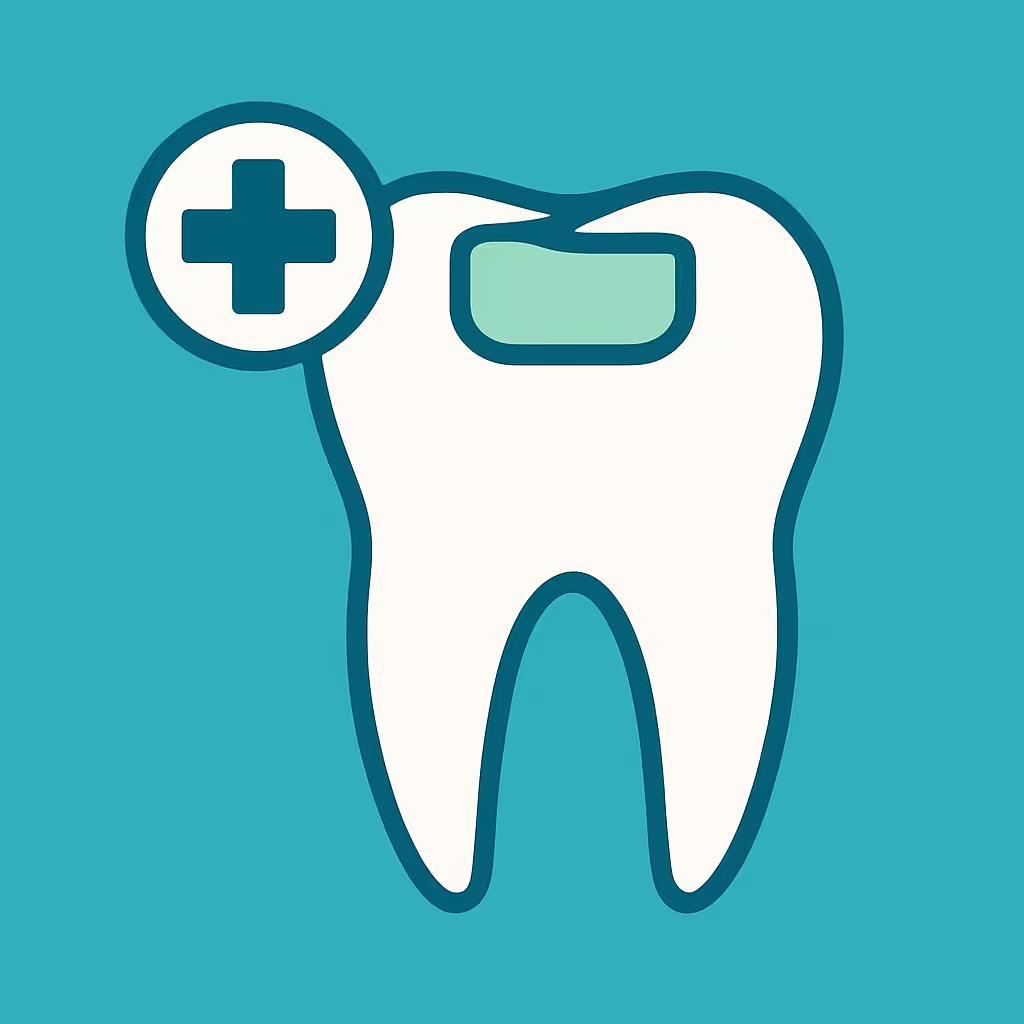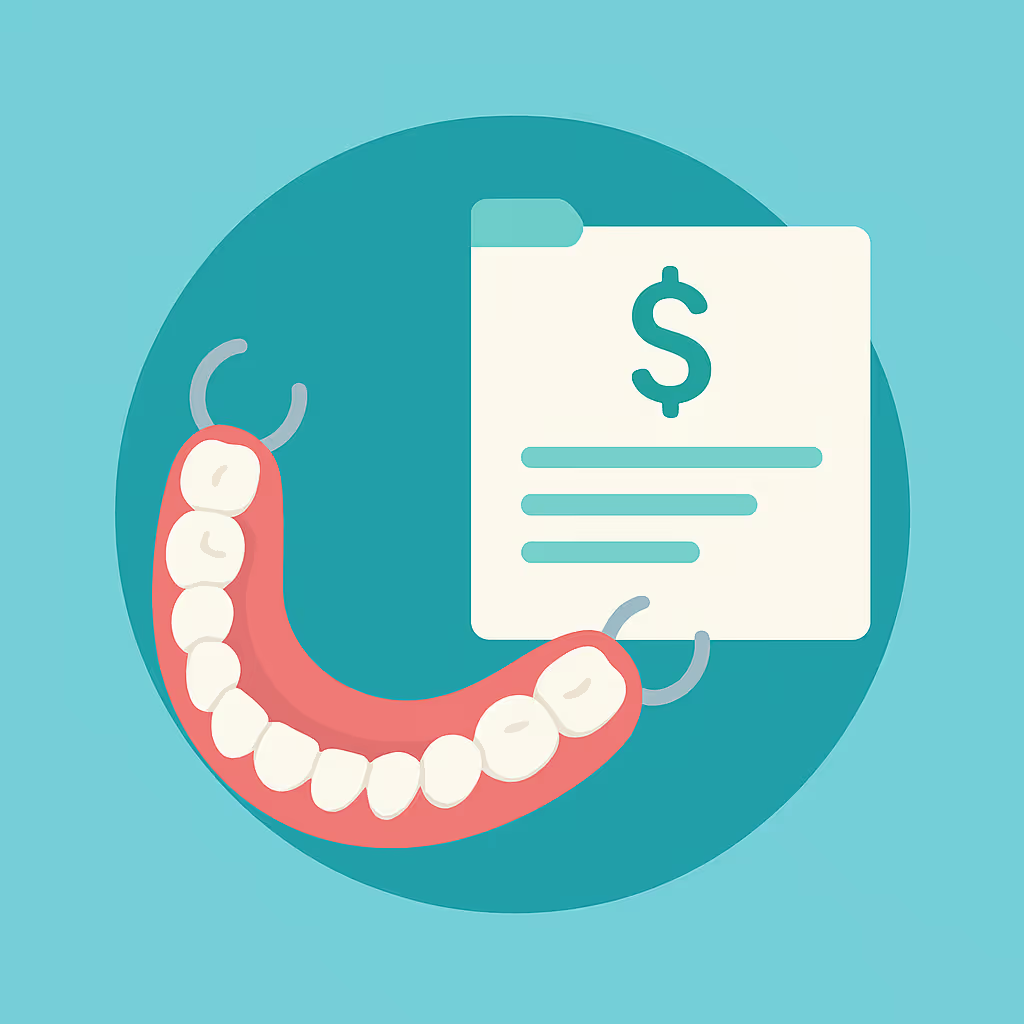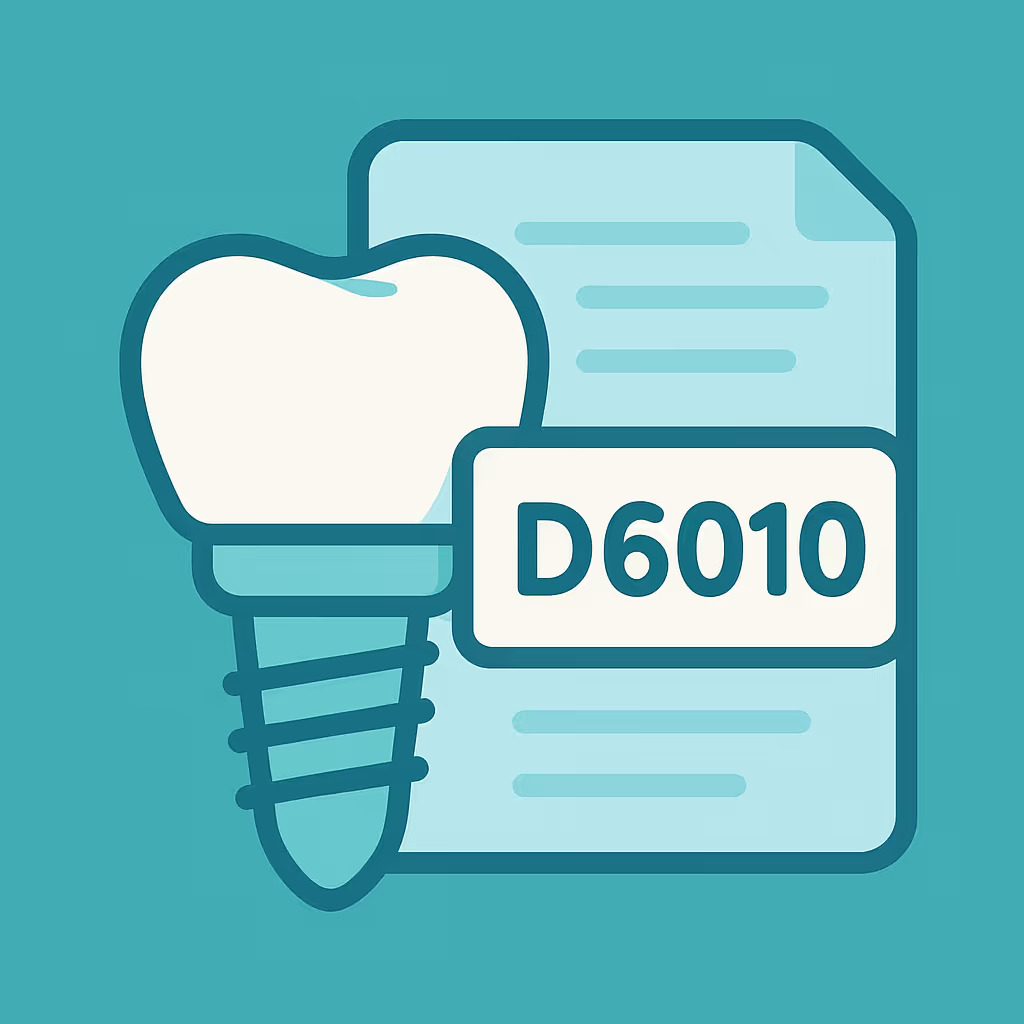Understanding Dental Code D1510
When to Use D1510 dental code
The D1510 dental code is designated for the placement of a space maintainer—specifically, a fixed, unilateral appliance. This CDT code is most commonly used in pediatric dentistry when a primary tooth is lost prematurely and there is a risk of adjacent teeth drifting into the empty space, potentially causing alignment issues. Dental teams should use D1510 when fabricating and delivering a custom, fixed space maintainer to preserve arch integrity until the permanent tooth erupts. It is not appropriate for removable appliances or bilateral devices—those have separate codes.
Documentation and Clinical Scenarios
Accurate documentation is essential for successful reimbursement and compliance. When billing D1510, ensure the patient’s chart clearly documents:
- The reason for premature tooth loss (e.g., trauma, decay, extraction)
- Clinical notes on the risk of space loss and the necessity for a space maintainer
- Type and location of the appliance (fixed, unilateral)
- Pre- and post-operative radiographs or intraoral photos, if available
Common clinical scenarios include early loss of a primary molar in a child, where the dentist determines that a fixed space maintainer is required to prevent mesial drift of adjacent teeth. Documenting the clinical rationale and supporting it with diagnostic images strengthens your claim and reduces the risk of insurance denials.
Insurance Billing Tips
To optimize reimbursement for D1510, follow these best practices:
- Verify coverage: Not all dental plans cover space maintainers, especially for patients over a certain age. Always check eligibility and frequency limitations before treatment.
- Submit supporting documentation: Attach clinical notes, radiographs, and a narrative explaining the necessity of the appliance. This is especially important if the insurance plan requires prior authorization.
- Use correct CDT codes: Ensure you are not confusing D1510 with codes for bilateral or removable space maintainers (D1520).
- Track EOBs and AR: Monitor Explanation of Benefits (EOBs) and Accounts Receivable (AR) closely for denials or underpayments, and be prepared to submit claim appeals with additional documentation if needed.
Consistent communication with payers and thorough documentation are key to reducing claim delays and maximizing reimbursement.
Example Case for D1510
Consider a 7-year-old patient who loses a lower primary molar due to extensive decay. The dentist determines that a fixed, unilateral space maintainer is necessary to prevent shifting of the adjacent teeth. The dental team documents the tooth loss, clinical findings, and rationale for the appliance in the patient’s chart. Pre-operative radiographs are included with the insurance claim, along with a narrative describing the risk of space loss. The claim is submitted with D1510, and the EOB is reviewed upon receipt to confirm payment. If denied, the office is prepared to appeal with additional clinical evidence.
By following these steps, dental practices can ensure accurate billing, reduce claim denials, and support optimal patient care when using the D1510 dental code.





